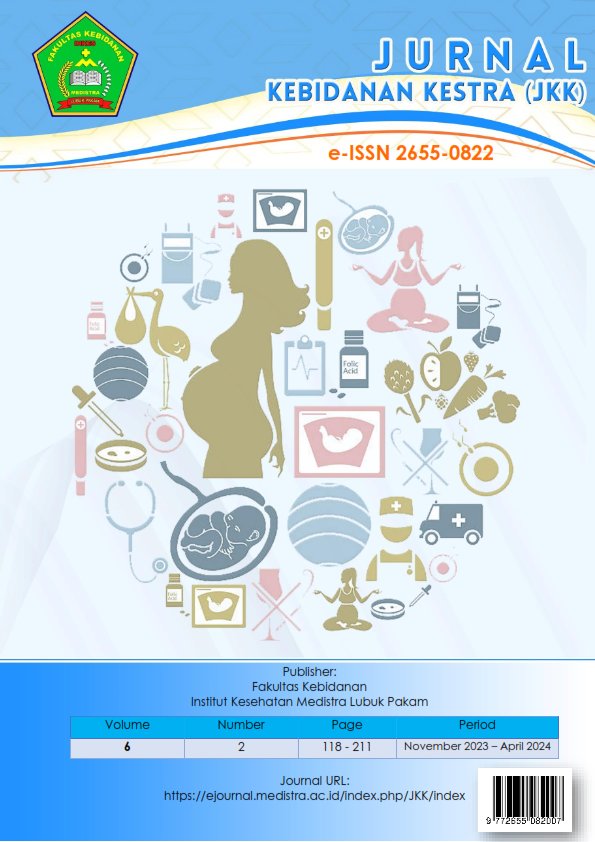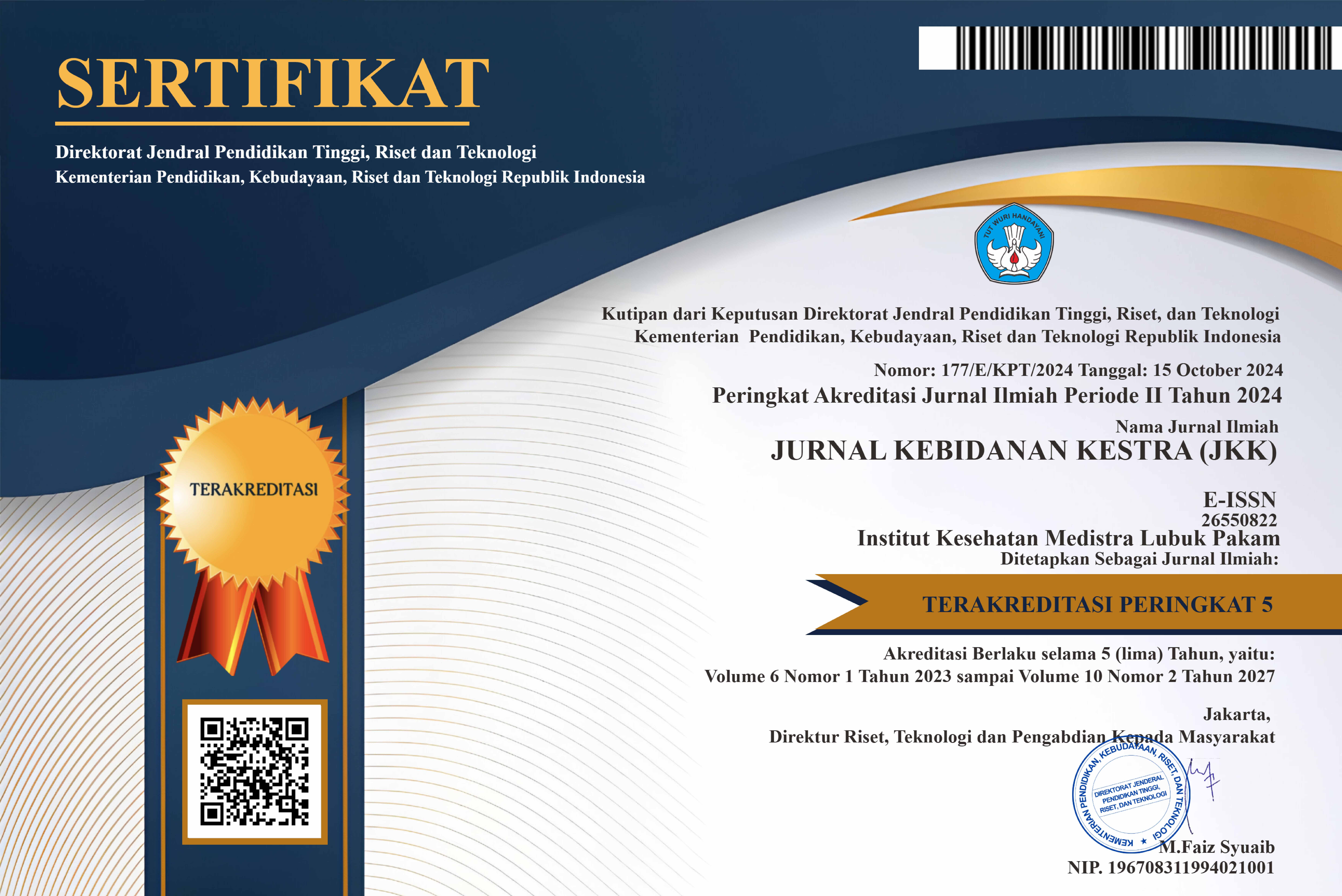The Effectiveness of Team-Based Care Approach in Managing Heart Attack Patients in Primary Care
DOI:
https://doi.org/10.35451/jkk.v6i2.2564Keywords:
Interprofessional competency, Medical simulation, Emergency,Primary health facilitiesAbstract
Primary healthcare facilities play a crucial role in delivering rapid and effective healthcare services, especially in managing medical emergencies. These emergency situations require a swift response and well-coordinated teamwork among various healthcare professionals. Interprofessional competencies can be enhanced through scenario-based simulations, allowing healthcare providers to train in a safe yet realistic environment. This article discusses strategies for implementing simulations to improve communication skills, team coordination, and healthcare professionals’ decision-making abilities. Simulations not only enhance healthcare workers' preparedness in emergency situations but also help reduce medical errors and improve patient safety. Through a systematic approach and continuous training, primary healthcare facilities can ensure that their healthcare providers possess optimal competencies in emergency management. Furthermore, the integration of technology in simulations, such as augmented reality and virtual reality, further strengthens the effectiveness of training. Therefore, incorporating simulations in interprofessional competency enhancement should be a key component of routine training policies for medical personnel in primary healthcare facilities.
Downloads
References
Gaba, D. M. (2004). The future vision of simulation in healthcare. Quality and Safety in Health Care, 13(Suppl 1), i2-i10.
Jeffries, P. R. (2005). A framework for designing, implementing, and evaluating simulations used as teaching strategies in nursing. Nursing Education Perspectives, 26(2), 96-103.
WHO. (2010). Framework for action on interprofessional education & collaborative practice. World Health Organization.
Ateef, F. (2010). Simulation-based learning: Just like the real thing. Journal of Emergencies, Trauma and Shock, 3(4), 348-352.
Rosen, M. A., et al. (2018). Simulation in interprofessional education for patient-centered collaborative care. Journal of Interprofessional Care, 32(1), 102-110.
Salas, E., et al. (2008). Does team training work? Principles for health care. Academic Emergency Medicine, 15(11), 1002-1009.
Issenberg, S. B., et al. (2005). Features and uses of high-fidelity medical simulations that lead to effective learning. Medical Teacher, 27(1), 10-28.
Rudolph, J. W., et al. (2007). Debriefing with good judgment: Combining rigorous feedback with genuine inquiry. Anesthesiology Clinics, 25(2), 361-376.
Downloads
Published
Issue
Section
License
Copyright (c) 2024 Romauli Anna Teresia Marbun

This work is licensed under a Creative Commons Attribution 4.0 International License.
Copyright in each article is the property of the Author.



























